Overview of Butterfly Weed
Butterfly weed is a long-lived herbaceous perennial in the milkweed family (Apocynaceae, formerly Asclepidaceae) native to much of North America from eastern Canada south to Florida, west to the Dakotas down to Colorado and the southwest, and into California. It is most widespread in the eastern half of the U.S. Its other common names include butterfly milkweed, orange milkweed, pleurisy root and chigger flower. Asclepias tuberosa, hardy in zones 3-9, may be found in prairies and meadows, open woods, along roads and other open areas.
This bushy perennial features an abundance of dark green foliage on multiple erect to ascending stems growing from a large taproot, forming clumps 1½ to 3 feet tall and wide. Butterfly weed has tough, woody, knobby roots that can grow several feet deep and were used medicinally by Native Americans. Leaves are lanceolate to oblong, up to 6 inches long, primarily alternate and often crowded together on stout, green to dull reddish-purple hairy stems. Leaves have toothless margins, pointed tips and may be sessile (stalkless) or have very short petioles. Upper leaf surfaces are smooth and glossy, with the underside lighter in color and finely hairy, especially along the veins. Unlike most members of the milkweed family, this species does not have milky sap. Leaves turn a dull yellow in fall before stems die back to the ground for the winter. It is best to wait until spring to cut foliage. Plants are slow to emerge late in the spring.
Large, flat to slightly dome-shaped umbels (clusters) of up to 25 bright orange star-shaped flowers grow at the ends of hairy flowering stems or in upper leaf axils from late spring through summer. Each 3/8-inch-wide fleshy flower has 5 reflexed petals (corolla) and a 5-parted crown (corona) of 5 curved horns protruding from hoods arching over a short white to light green column in the center.

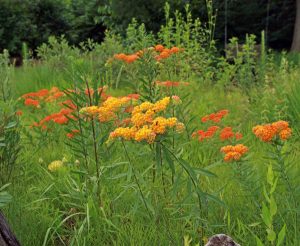
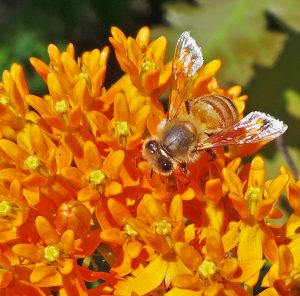
Flowers are generally all orange but there are yellow or red cultivars (such as ‘Hello Yellow’ and ‘Gay Butterflies’), all usually with a yellow central column. Each cluster is 2-5 inches across, making an excellent landing platform for butterflies. There are also 5 hairy, light green sepals below the petals, hidden when flowers open. Flowers produce copious amounts of nectar, making them very attractive to hummingbirds, butterflies, and many other insects. They can also be used as cut flowers. Deadheading may stimulate a second flush of flowers about a month later.
Pollinated flowers produce prominent, erect, narrow, spindle-shaped pods (follicles) covered in short hairs. These 3-6 inch long, grayish-green pods split open when mature, revealing rows of hundreds of flattened, brown seeds. Seeds feature narrow wings along the margins and tufts of long, silky hairs (pappus) at one end that aid in wind dispersal. Butterfly weed may reseed in the landscape if plants go to seed. Remove the pods before they split open if self-seeding is not wanted. Seed pods can be used in dried floral arrangements.
Landscape Use of Butterfly Weed
Butterfly weed plants are showy and make great additions to home gardens, prairies, native or naturalized plantings and butterfly gardens. Plant either in masses or combined as an accent with other mid-sized perennials in sunny borders. The vivid orange color stands out, particularly in combination with blue or purple flowers, although sometimes the intense color hard may be difficult to blend into some landscapes. Try combining butterfly weed with blue morning glory, globe thistle (Echinops spp.), Penstemon digitalis ‘Husker Red’, or purple speedwells (Veronica spicata or hybrids) in a mixed garden.
Butterfly weed works well with other native perennials such as yellow coreopsis (Coreopsis verticillata), purple coneflower (Echinacea purpurea), goldenrod (Solidago spp.), blazing star (Liatris spp.), black-eyed Susan (Rudbeckia hirta), orange coneflower (Rudbeckia fulgida), or grasses such as little bluestem (Schizachyrium scoparium) or prairie dropseed (Sporobolus heterolepis) in a meadow or prairie. It is a larval host plant for several butterflies, including monarch (Danaus plexippus), so you may want to position plants in the landscape where won’t be an eyesore if it is eaten ragged by caterpillars.
General Care of Butterfly Weed
Butterfly weed needs full sun to bloom and prefers sandy soil but grows in almost any type of well-drained soil, including gravel or clay. Plants are very drought tolerant once established. Butterfly weed is not favored by deer, but rabbits may damage the plants. Aphids are the biggest problem, most often bright yellow oleander aphids with black legs, an introduced species native to the Mediterranean. Small numbers of these insects will not harm plants and often are eaten by lady beetles, lacewings and other predators. Large populations can be managed with insecticidal soap or reduced by knocking the insects off the plant with a forceful stream of water.
Propagating Butterfly Weed
Butterfly weed is easy to grow from seed and can also be propagated from root cuttings. Cut the taproot into 2-inch sections in fall and plant in a vertical orientation. Plants will bloom from seed in 2-3 years, and may not transplant well because of their deep taproots. Sow outdoors in place after frost in the fall, in a cold frame in early spring, or start indoors with bottom heat in late winter (8-10 weeks before average last frost) after 1-month moist stratification to carefully transplant outside later. Using 3-4-inch-deep containers, particularly with separate cells, will allow the roots to grow deeper and seedlings can be more readily transplanted without overly disturbing the roots.
– Susan Mahr, University of Wisconsin – Madison
Last Update: Bruce Spangenberg, UW-Madison Extension, 2025


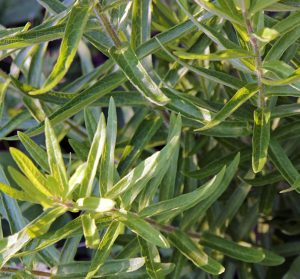
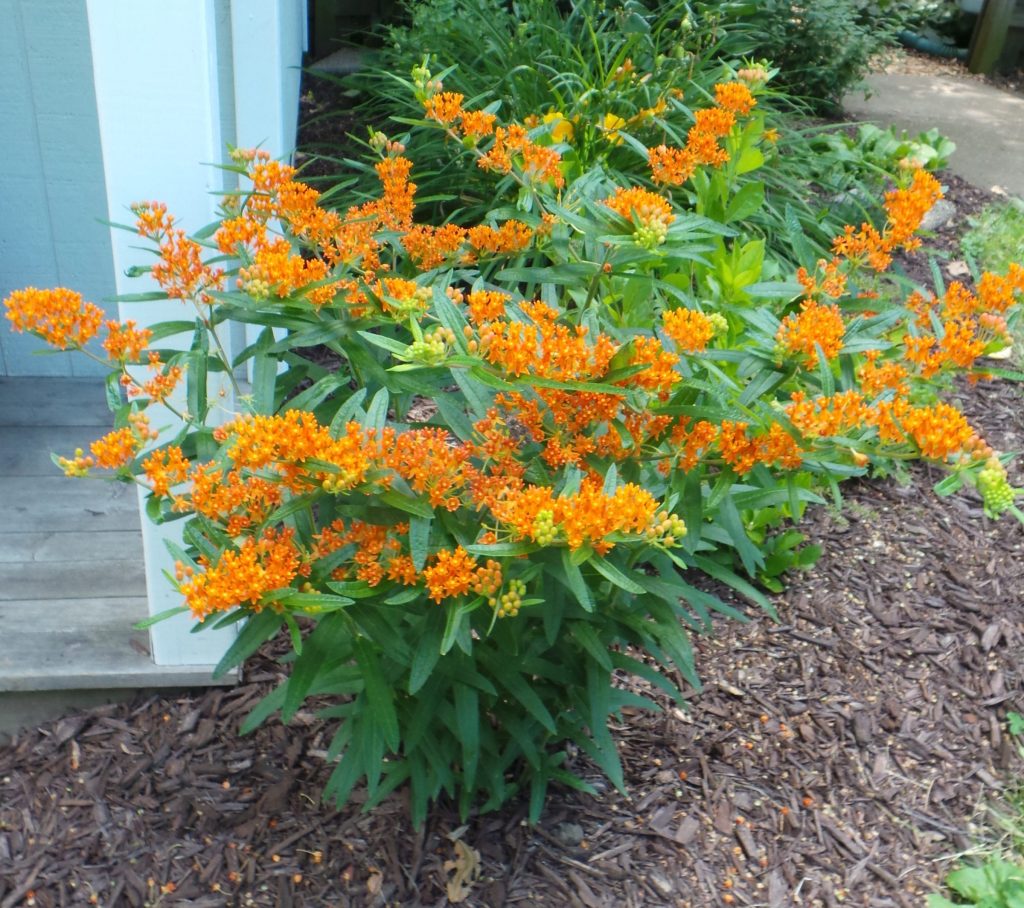
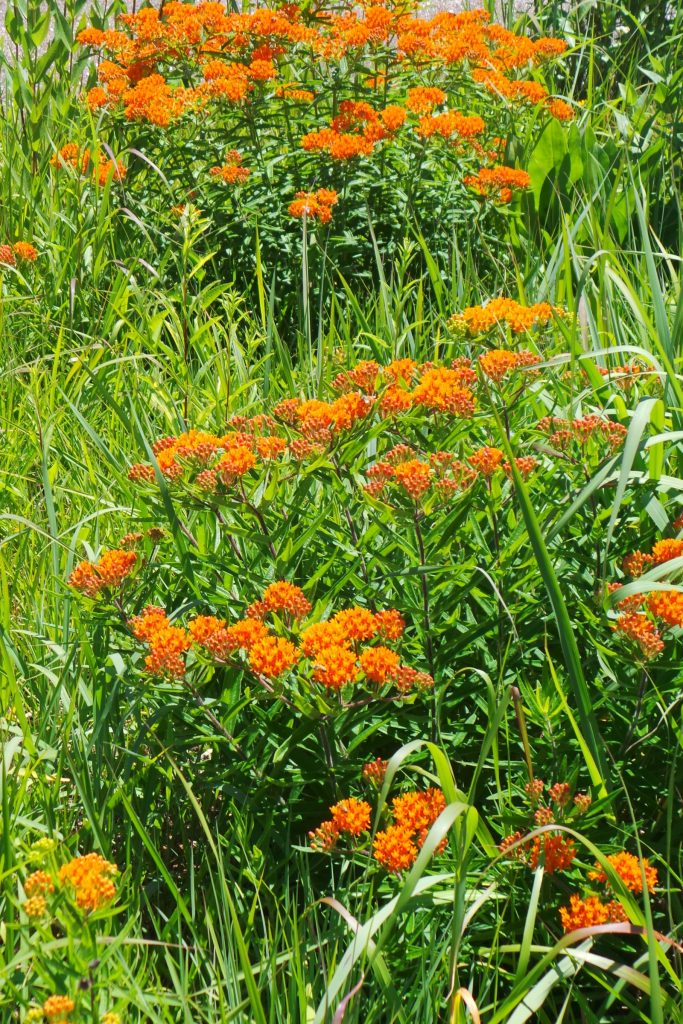
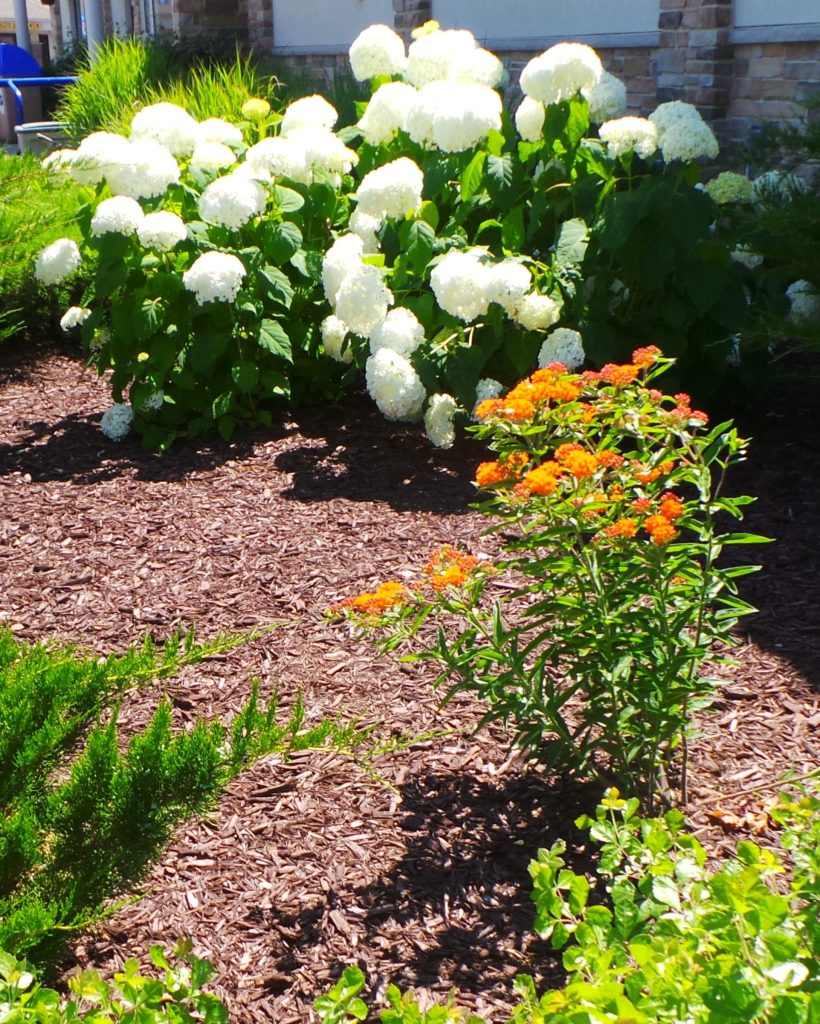
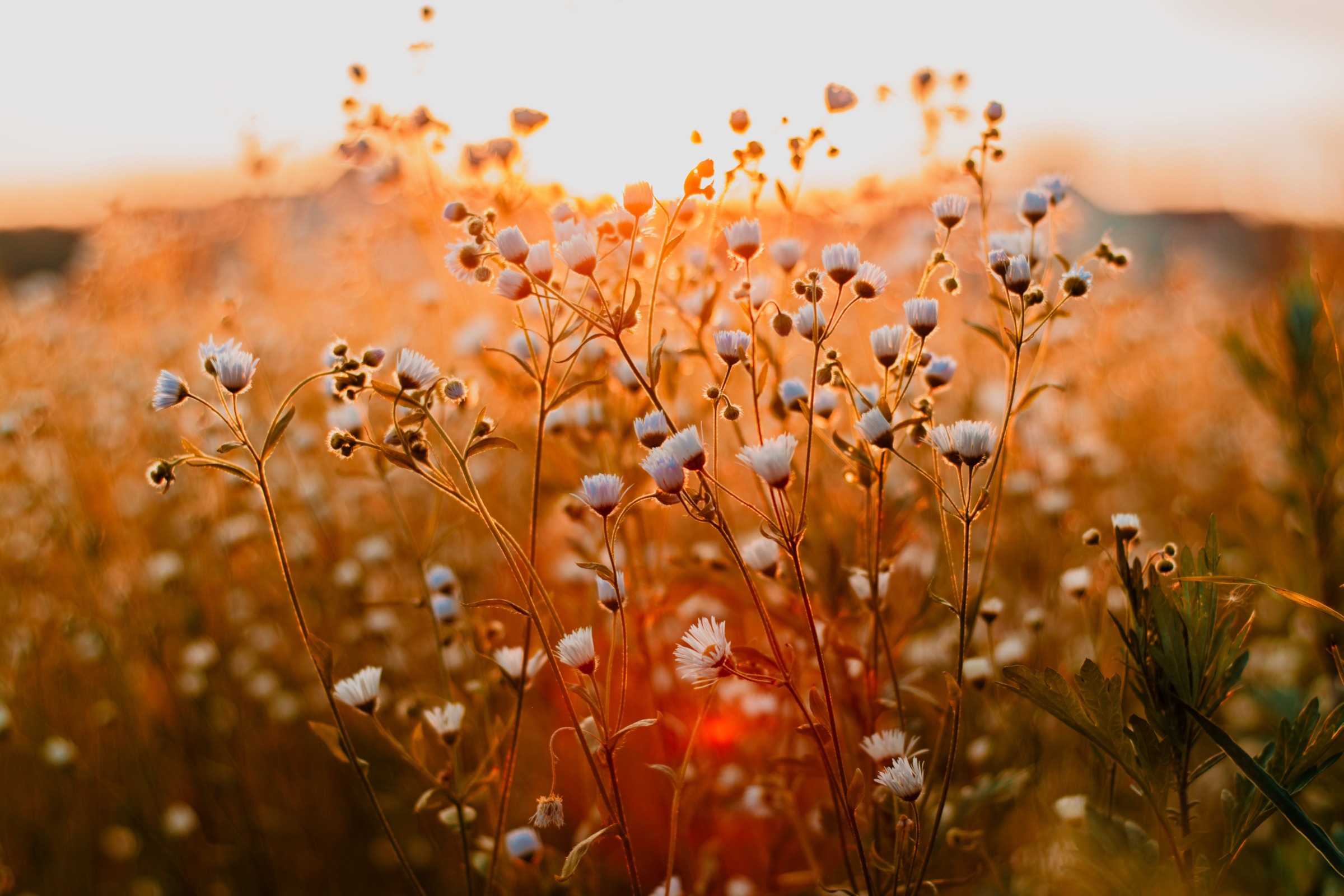
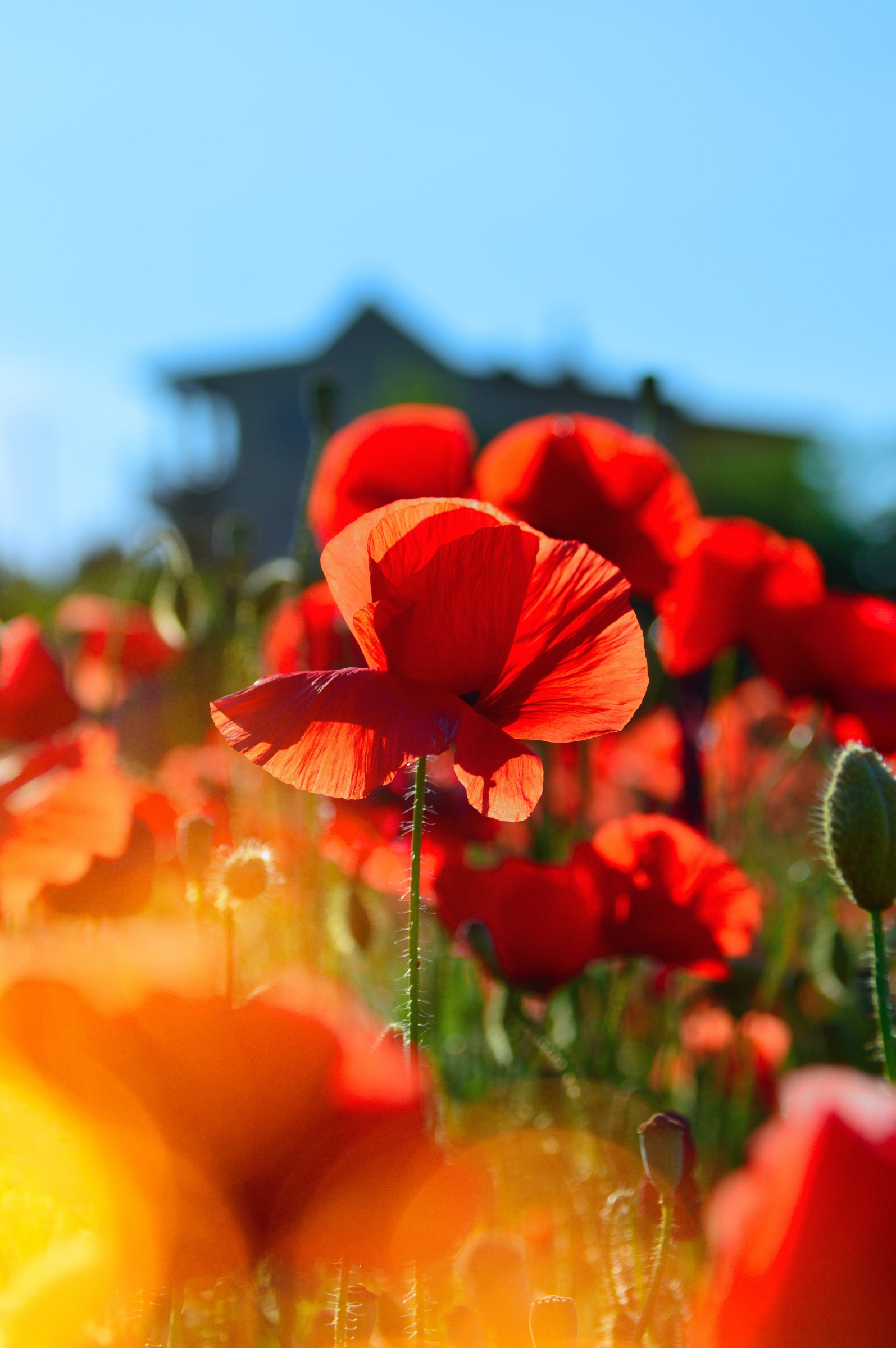
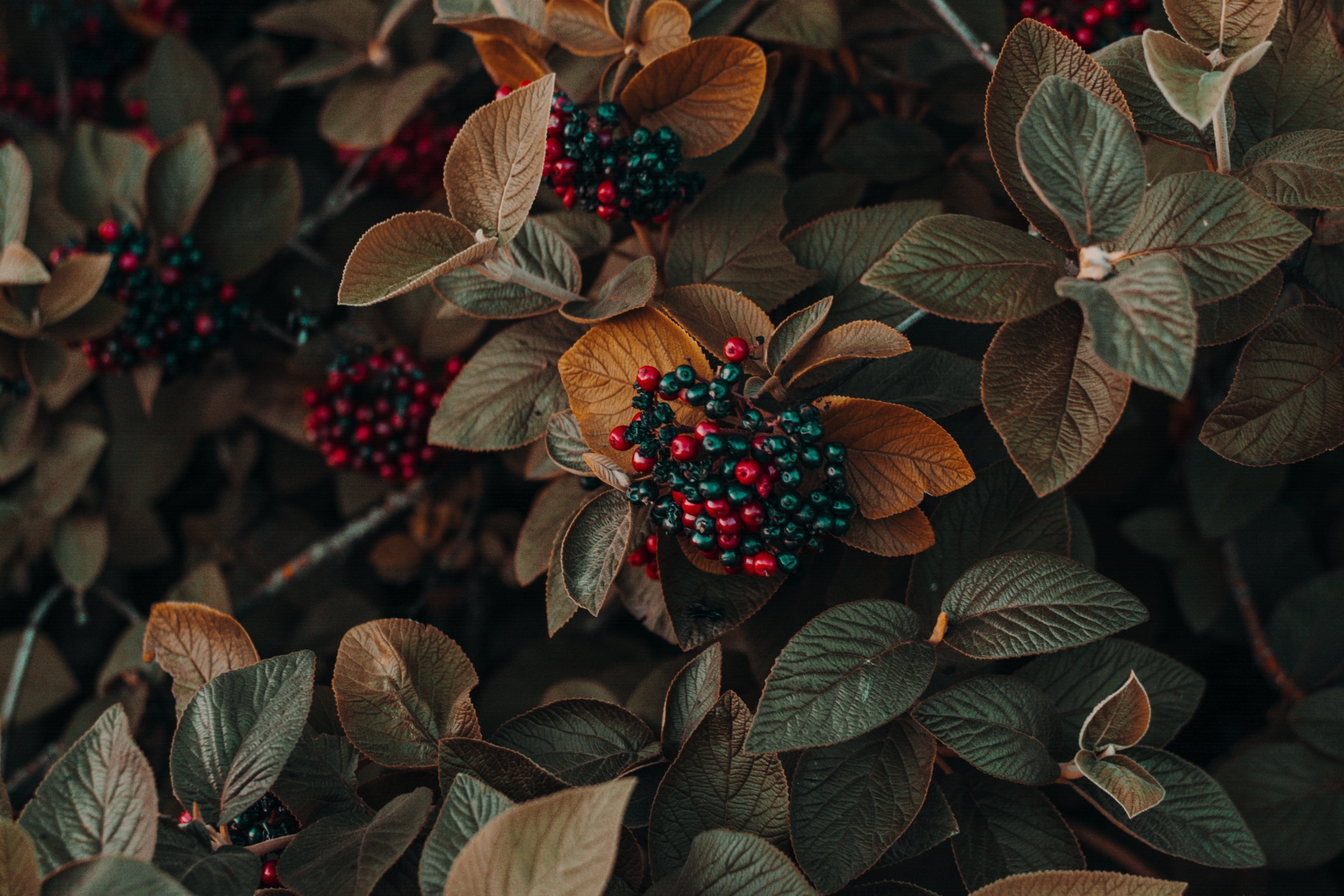
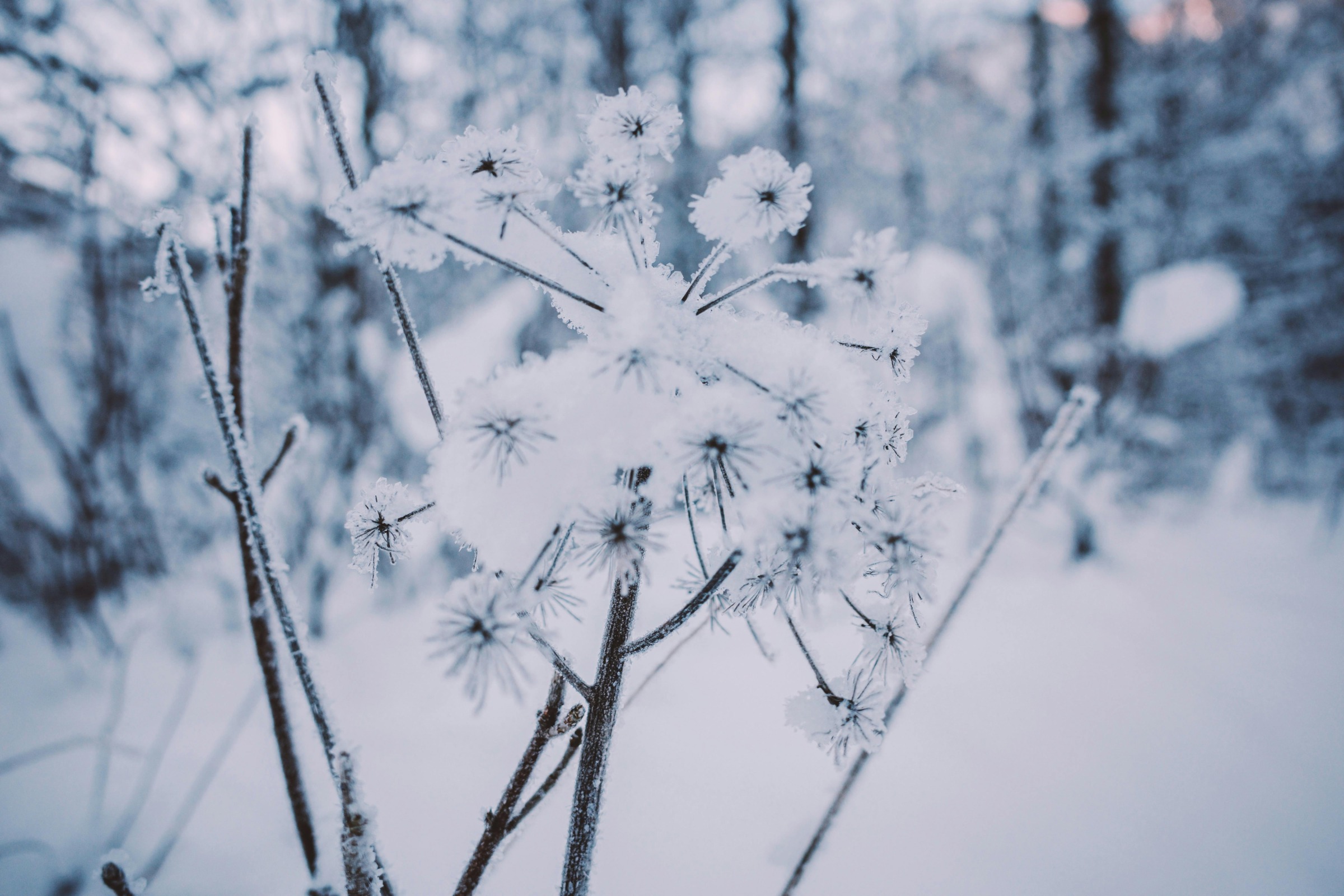
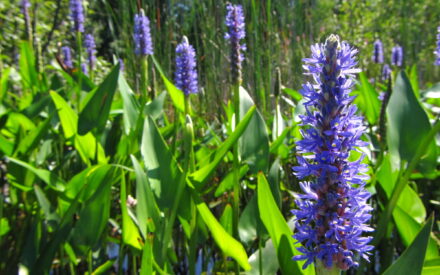 Landscaping Alternatives for Common Invasive Wetland and Aquatic Plants
Landscaping Alternatives for Common Invasive Wetland and Aquatic Plants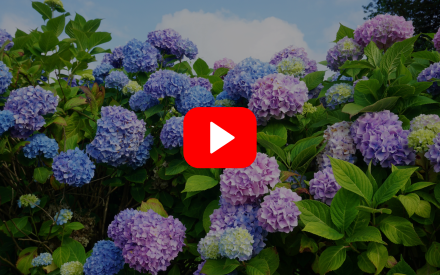 ▶︎ Watch: Hydrangeas: Know Them and Grow Them
▶︎ Watch: Hydrangeas: Know Them and Grow Them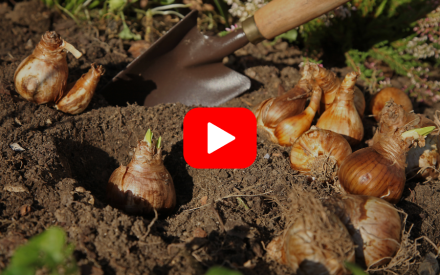 ▶︎ Watch: Fall Bulb Planting
▶︎ Watch: Fall Bulb Planting Aster, Symphyotrichum spp.
Aster, Symphyotrichum spp.


